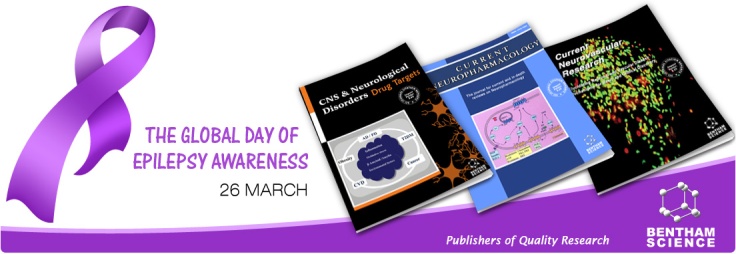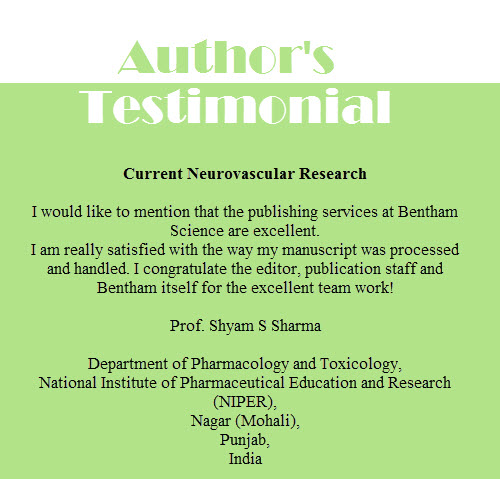Author(s):
Kenneth MaiesePages 291-293 (3)
Abstract:
Vascular cell injury, whether it occurs in the central nervous system or in other locations throughout the body, represents a significant factor for subsequent disability and death in individuals worldwide. In fact, coronary artery disease remains the leading cause of mortality and can be caused by vessel stenosis, atherosclerosis, embolic disease, or thrombosis. Loss of blood flow to critical areas in the vascular system leads to endothelial cell dysfunction and death. Treatments to avert...






